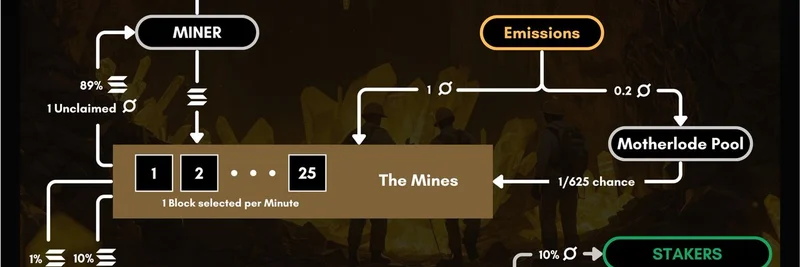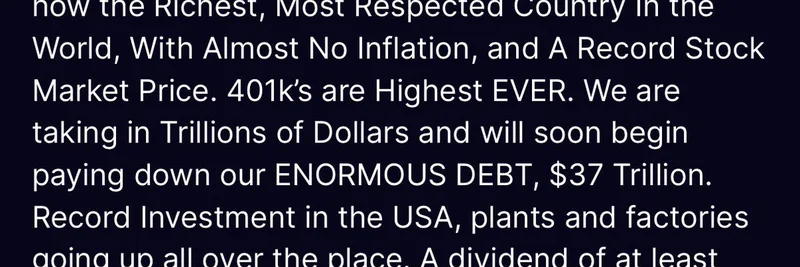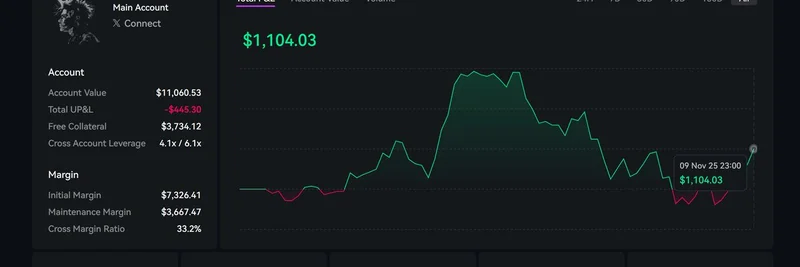In the world of cryptocurrencies, especially those aiming to be stores of value (SoV) like Bitcoin, there's a common issue with Proof-of-Work (PoW) systems. Miners spend a ton on electricity and hardware, then sell their newly minted tokens for fiat currency to cover those costs. This creates a constant outflow of value from the ecosystem, putting downward pressure on the token's price.
But what if we flipped that script? That's the intriguing question posed by @OREsupply and highlighted in a recent tweet by Matty Tay, co-founder of Colosseum and former Solana team member. In his post, Matty explores how ORE, a Solana-based project, inverts this traditional flow to keep value locked within the system.
Let's break down the ORE tokenomics diagram shared in the tweet. At its core, ORE uses a unique mechanism where miner emissions aren't just dumped on the market. Instead, they're channeled in ways that benefit the token holders and the protocol itself.
Understanding the Flow
Starting from the top: Unclaimed tokens feed into the miner pool. Miners compete in "The Mines," where one block is selected per minute. This PoW setup on Solana allows for efficient, low-cost mining without the massive energy waste seen in traditional chains.
From the emissions:
- A small portion (0.2 ORE) goes to the Motherlode Pool, which has a 1/625 chance of payout—adding an element of excitement and rarity.
- The bulk flows to stakers (10%), who lock up their tokens to earn rewards, encouraging long-term holding.
- There's a buyback mechanism that uses 100% of certain fees to repurchase ORE tokens from the market, increasing scarcity.
- 90% of buybacks lead to burning (permanently removing tokens from circulation), while the rest supports stakers.
- A 1% fee goes to HaWG and a 10% to Regolith Labs, the developers behind ORE, ensuring the team stays incentivized to build and improve.
This setup is genius because it redirects what would be "leaked" value—miners selling for fiat—back into buybacks, burns, and staking rewards. It's like turning a sieve into a vault.
Why This Matters for Meme Tokens and Beyond
For meme token enthusiasts, ORE stands out as more than just a fun project; it's a blueprint for sustainable tokenomics in volatile markets. Traditional PoW tokens suffer from sell pressure, but ORE's model creates a positive feedback loop. As more people mine and stake, the token's value is propped up through burns and buybacks, potentially leading to steadier growth.
Matty's tweet sparked discussions in the replies, with users like @SolBeachBum questioning the 1% admin fee to Regolith Labs as potential leakage. Matty responded thoughtfully, noting that having a dedicated team is a strength, especially compared to decentralized but slower projects like Ethereum. He even suggested it could evolve based on community input—true to the spirit of crypto.
Others chimed in on the accessibility: Anyone can mine ORE with minimal setup, democratizing participation. This inclusivity could drive adoption, turning ORE into a community-driven powerhouse on Solana.
Potential Implications and What's Next
If ORE's approach catches on, it could inspire a new wave of tokens that prioritize internal value retention over external sell-offs. For blockchain practitioners, this means watching how ORE balances miner incentives with ecosystem health. Will it reduce volatility? Attract more stakers? Time will tell, but the buzz around this tweet suggests it's onto something big.
If you're diving into Solana memes or PoW innovations, keep an eye on ORE. It's not just mining gold—it's refining the entire process. Check out the full discussion on X and join the conversation.




